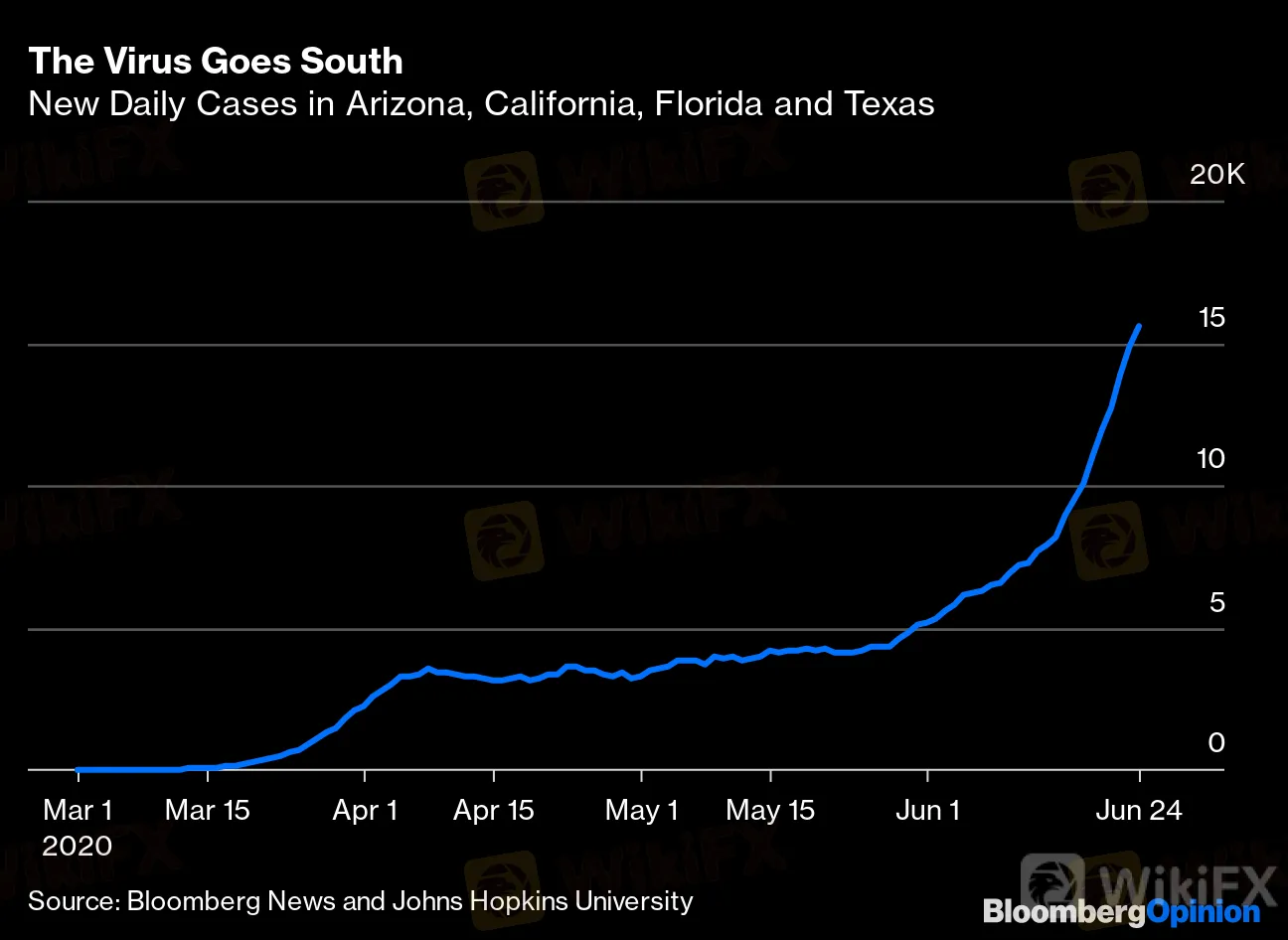Forums » News and Announcements
BOE Governor Warns Over Negative Interest Rates
-
The governor of the Bank of England, Andrew Bailey, has warned lenders of the challenges negative interest rates would bring, the Sunday Times reported.To get more news about WikiFX, you can visit wikifx news official website.
Bailey said in a letter sent last month that adapting to a move into negative territory would be a “significant operational undertaking for firms,” according to the newspaper.
He said many would need a year to alter computer systems, update contracts designed for an environment of positive rates and work out how to communicate with clients, the Times reported.
The letter is a sign that the bank is preparing the City for the possibility of a shift into negative territory for the first time in its 325-year history, the newspaper said.
State government payrolls fell by another 25,000 -- the fourth straight decline -- as budget situations grew more dire amid falling tax revenues.
Key Numbers
Unemployment among minorities and women remained worse than among White Americans and men. The Black unemployment rate fell to 15.4% from 16.8%, while it declined to 10.1% from 12.4% among White Americans. Hispanic unemployment dropped to 14.5% from 17.6%.
Meanwhile, the household survey showed more than 2.8 million Americans permanently lost their job in June, a 588,000 increase from a month earlier that was the biggest since the start of 2009. While the total number is the highest in six years, the figure bears watching for more systemic damage to the labor market caused by the pandemic.
Average hourly earnings fell 1.2% from the prior month, reflecting job gains among lower-paid workers, following a 1% drop in May. Wages were up 5% from the year before, as employment in lower-paid sectors remains well below year-earlier levels.
The average workweek fell to 34.5 hours from 34.7 hours in May.
The U-6 rate, also known as the underemployment rate, also fell to 18% in a sign of positive momentum for the economy. Unlike the headline unemployment rate, also known as the U-3 rate, it accounts for those who quit looking for a job because they were discouraged about their prospects and those working part-time but desiring a full workweek.
A mass of Americans left the labor force after economic shutdowns led to widespread layoffs, but those people have started to come back. The labor force participation rate, or the proportion of the working-age population that is either working or actively looking for work, rose to 61.5% from 60.8% the prior month, though thats the still far shy of where it was in February
